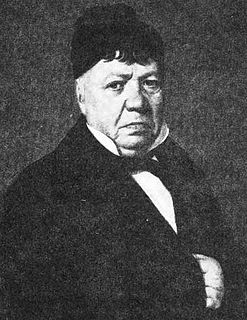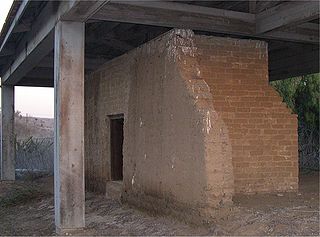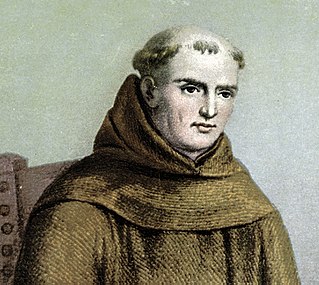 W
WBelow is a list of the Governors of early California (1769–1850), before its admission as the 31st U.S. state. First explored by Gaspar de Portolá, with colonies established at San Diego and Monterey, California was a remote, sparsely-settled Spanish province of New Spain. In 1822, following Mexican independence, California became part of Mexico.
 W
WJosé María de Jesus Alviso was an early settler of the Silicon Valley in California, alcalde of San José, and grantee of Rancho Milpitas. Alviso's house, the Jose Maria Alviso Adobe, is listed on National Register of Historic Places.
 W
WMaría Soledad Ortega de Argüello (1797–1874) was the heir to Rancho de las Pulgas. The Rancho was granted, re-granted twice, and finally patented by the United States Supreme Court. The land she inherited would eventually become 5 cities on the San Francisco Peninsula.
 W
WHippolyte Bouchard, or Hipólito Bouchard, was a French-born Argentine sailor and corsair who fought for Argentina, Chile, and Peru.
 W
WGuillermo Castro was a soldier, rancher, surveyor, and magistrate.
 W
WJosé Antonio Estudillo was a Californio and an early settler of San Diego, California when California was part of New Spain.
 W
WJosé María Estudillo, was an early settler of San Diego, California and was a governing official during San Diego's Mexican period.
 W
WJosé Antonio de la Guerra y Noriega was a soldier and early settler of California.
 W
WFermín de Francisco Lasuén de Arasqueta was a Spanish Franciscan missionary to Alta California president of the Franciscan missions there, and founder of nine of the twenty-one Spanish missions in California.
 W
WMiguel Pedrorena, Sr. or Miguel de Pedrorena, Sr. was an early settler of San Diego, California.
 W
WRancho Las Camaritas was an Alta California 18.57 acres land grant to José de Jesús Noé on January 21, 1840 by Governor Juan Bautista Alvarado. Millions of acres of California land was given at no charge to men between 1784–1846 by the Spanish (1784–1810) or Mexican governments (1819–1846) mostly for military service to raise cattle on. About 300 of the 800 Land grants were sizable varying from a few thousand to 1.5 million acres – see List of ranchos of California for the larger grants. Following the Mexican–American War, the land grants were challenged with most of them falling into American hands. Only one land grant has remained undeveloped. Las Camaritas' ownership was disputed in court by the U.S. government from 1856 until 1882 due to conflicting documentation presented by its American owner Ferdinand Vassault after a string of sales initiated by Jose Noe sometime between 1842–46.
 W
WManuel Requena (1802–1876) was president of the Los Angeles Common Council in the early 1850s. He served the city in both the Mexican and American periods.
 W
WLouis Rubidoux was an early settler in the area of modern-day Riverside, California, United States. He was son of Joseph Robidoux III and Catherine Marie Rollet. He arrived in California in 1844. He bought Rancho San Jacinto y San Gorgonio from James (Santiago) Johnson in 1845, and a portion of the Rancho Jurupa from Benjamin Wilson in 1849. Rubidoux became a successful rancher. He built the first grist mill in the area, operated a winery, and became one of San Bernardino County's first three supervisors. The town of Rubidoux and Mount Rubidoux in Riverside County, California are named for him.
 W
WFrancisco María Ruiz (1754–1839) was an early settler of San Diego, California
 W
WJosé de la Cruz Sánchez was the eleventh Alcalde of San Francisco, California in 1845 and a ranchero.
 W
WJunípero Serra y Ferrer, O.F.M., was a Roman Catholic Spanish priest and friar of the Franciscan Order. He is credited with establishing the Franciscan Missions in the Sierra Gorda, a UNESCO World Heritage Site. He later founded a mission in Baja California and the first nine of 21 Spanish missions in California from San Diego to San Francisco, in what was then Spanish-occupied Alta California in the Province of Las Californias, New Spain.
 W
WYgnacio Ramón de Jesus del Valle was a Californio rancher and landowner in the eastern Santa Clara River Valley, California, United States, as well as an alcalde of Los Angeles. His estate, Rancho Camulos, is registered as a National Historic Landmark.